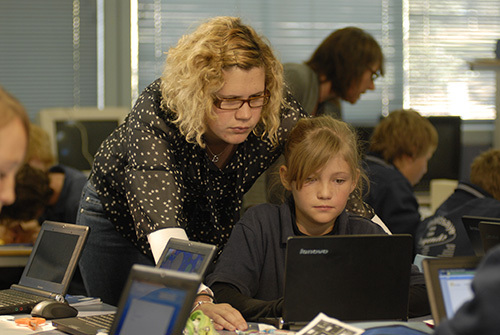
לפני שנתיים, כיסא של תכנית הלימודים באוסטרליה, הערכה ודיווח רשות (אירועים), Barry McGaw and I discussed some of the big changes going on in Australia’s education system. באותו זמן, בארי הסביר כי טכנולוגיות מידע ותקשורת (“ICT”) strategy for schools was being developed alongside everything else in the new curriculum. He commented that while tech would not be treated as a separate subject in the early years, students would be offered a range of studies in this area by the time they got to grades 8 ל 10.
Two years later, how has the lifestyle change created by technology impacted the Australian classroom? I am delighted to welcome to גלובל החיפוש לחינוך, סוזן מאן, מנכ"ל חינוך שירותי אוסטרליה, a company overseen by the Australian Education Ministers that focuses on technology provision and service support for Australian education and training. Susan plays a key role in the conceptualization and implementation of Australian national ICT policy. Her key interest is the transformative potential of information and communications technologies for teaching and learning.
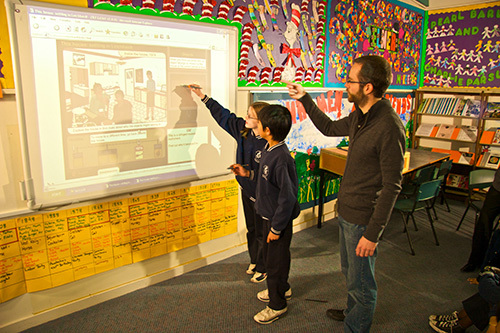
How has technology impacted the Australian education system? מה אתה רואה כיתרונות וחסרונות מבחינה לימודית?
Teaching and learning across Australia has seen many changes in recent years with an increased use of technology in our schools. This has been supported by successive federal and state government investment programs, most recently through the Digital Education Revolution policy of the previous Labor government. Schools are supporting the use of technology with ongoing resources allocated to their technology infrastructure. There is a growing conversation around Bring Your Own Device policies within schools.
As Australian schools are moving towards greater integration of technology into the teaching and learning process, teachers are beginning to collaborate more online with their colleagues about their teaching. Through their own volition and through programs offered by their education systems, they are also beginning to up-skill and improve their knowledge about how technology can support their teaching and their students’ למידה.
Teachers are increasingly interested in identifying digital curriculum resources they can use with their students. The state and territory and federal governments over the last decade have jointly funded development of the National Digital Learning Resources Network that now provides access for Australian teachers and students to over 20,000 high quality resources directly linked to the Australian Curriculum through a nationwide platform called Scootle.
השימוש בטכנולוגיה בבתי ספר מתחיל להיות השפעה חיובית, and the advantages of the use of technology in the classroom are becoming increasingly obvious. Students are clearly used to using technology for their learning both within and outside the classroom. מורים מדווחים על מוטיבציה מוגברת על ידי תלמידים כאשר הם מעורבים בלמידה דיגיטלית, והמחקר הראשוני שלנו מראה כי המעורבות מוגברת הזו תלמידי הגדלת’ תוצאות למידה.
השימוש בהערכת מעצבת באינטרנט בקריאה וחשבון, באמצעות מערכת זמינה למורים אוסטרליים בשם “שפר,” provides immediate feedback to students about their learning and presents them with resource support to respond to learning issues. Teachers are finding that this assists them to support individual students’ learning and to compile student achievement profiles.
There are still challenges for teachers and school to ubiquitously integrate technology into students’ למידה. Not all Australian schools have equal access to bandwidth and infrastructure. The ‘bring your own device’ מגמה מעלה סוגיות הון עצמי לתלמידים מעוטי יכולת כלכלית-חברתיים, אשר לעתים קרובות מתווספים אותם סטודנטים להיות מסוגלים להרשות לעצמם טכנולוגיה בבית. Some teachers are more familiar and confident with using technology than others. The expectations still surpass what is being delivered.
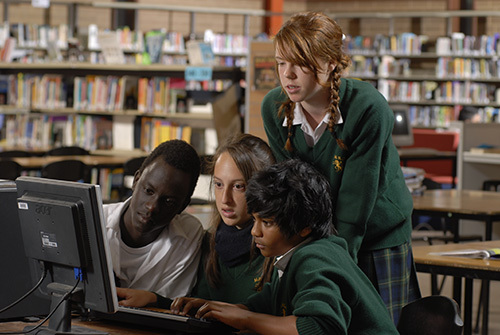
How is the role of the Australian teacher changing in the digital age?
באופן מסורתי, the role of the teacher relied on sound content knowledge in their specific areas of expertise, high level pedagogical understandings and the ability to engage students in learning. These are still important attributes but teachers are now required to supplement these with additional skills and capabilities in the use of digital technology to support learning. Instead of being the ‘font of all knowledge,’ teachers are required to be effective facilitators of student learning both within and outside the classroom at any time.
The new national professional standards, established by the Australian Institute for Teaching and School Leadership, specify expected ICT capacities of teachers, school leaders and new teachers. Some teacher training institutions have now embraced the need to significantly change the way they train teachers.
Growing interest in social media and professional learning networks has seen the development of online forums that are supporting professional learning and practice from the grass roots level. A national social networking platform, called Scootle Community, is being enthusiastically embraced by teachers across Australia, ושוב 500 teachers per week have been joining this platform and creating and participating in a range of network forums.
What digital learning tools have been implemented in Australia and what do educators see as the pros and cons of these?
Some teachers and parents are of the view that there is still a place for traditional texts, but this is changing rapidly as universal access to digital tools becomes the norm. With the growing number of mobile devices in the hands of students, more teachers are working with apps and collaborative tools than ever before. Teachers are selecting a wide variety of digital tools to cover a range of learning styles and processes that support collaboration, creation and curation of content.
Digital textbooks are not really taking off at present. The publishers have not yet achieved a suitable licensing regime that accommodates students changing devices and covers sufficient numbers of students at a realistic price. עם זאת, commercial providers such a Mathletics that market to parents are becoming popular to support extension of students at home.
Flexible online delivery of language learning, especially for Asian languages, has been a focus of funding by the Australian government and Education Services Australia, a ministerial company that has released the Language Learning Space. This engaging, inquiry-based environment has been initially developed to support teachers and students in the acquisition of Chinese language. Using a game-based learning model, the Language Learning Space has been designed to scaffold learning through challenging scenarios.
More ubiquitous mobile technologies have led to a significant shift from desktops and laptops to the use of mobile tablets. Australian schools are increasingly using apps as they become available to support education.
Digital tools are constantly changing and adapting to the collaborative nature of technologies. Identifying high quality resources in such a context continues to be challenging for government and private providers.

How has technology impacted curriculum design in Australia?
The new Australian Curriculum has been made ‘machine readable,’ which enables it to be directly linked to digital curriculum resources for students and for teacher professional learning, as well as other data in the future such as curriculum-related assessment items.
The Australian Curriculum is only available online, and teachers access this through a system that enables them to customise their view of the curriculum according to their subject area and curriculum approach.
‘Technology’ is a cross-curriculum perspective running through the new Australia Curriculum, and there are a number of technology subject areas as well that include coding, which has not previously been part of the Australian Curriculum.
Research indicates that the use of tablets, טלפונים ניידים, internet sources and social media platforms such as Facebook and Twitter continue to infiltrate classrooms in the US rapidly. Are you seeing the same trend in Australian classrooms? באיזו מידה הוא השימוש בכלים אלה חלק של תכנית הלימודים שלך? האם יש גיל שמתחתיו אתה מאמין כלים אלה אינם מתאימים בכיתות?
Increased use of mobile technologies by students is certainly reflected in Australian schools. With an ever-growing number of mobile devices, social media platforms and access to freely available collaboration tools, Australian classrooms are evolving into global classrooms.
Students and teachers are collaborating with experts and peers to ensure that rich project-based learning experiences occur across curriculum areas. School systems in Australia work under the guidelines of social media sites such as Facebook, where the age limit is 13 years or over.
Australian schools have access to a range of tools and resources that promote best practice in the use of social media tools. לדוגמא, the Australian Communications and Media Authority provides cybersafety resources for students, teachers and parents.
Information is the key for users of technology. It is important that resources are available to support students in best practice models and to highlight expectations of safe and responsible use of online tools. The Safe Schools Hub is the latest online tool to support the Australian National Safe Schools Framework. It provides access to programs and strategies that build supportive, safe places to learn.

Photos courtesy of Education Services Australia.
למאמרים נוספים בGot טק? סדרה: גלובל החיפוש לחינוך: Got טק? – פינלנד, גלובל החיפוש לחינוך: Got טק? – קנדה, גלובל החיפוש לחינוך: Got טק? – סינגפור, החיפוש הגלובלי לחינוך: Got טק? – ארצות הברית, החיפוש הגלובלי לחינוך: Got טק? IB בתי הספר בעולם וירטואלי, גלובל החיפוש לחינוך: Got טק? – ארגנטינה
בגלובל החיפוש לחינוך, להצטרף אליי ולמנהיגי מחשבה מוכרת בעולם כולל סר מייקל ברבר (בריטניה), DR. מיכאל בלוק (ארה"ב), DR. ליאון בוטשטיין (ארה"ב), פרופסור קליי כריסטנסן (ארה"ב), DR. לינדה דרלינג-Hammond (ארה"ב), DR. Madhav אוון (הודו), פרופ 'מיכאל Fullan (קנדה), פרופ 'הווארד גרדנר (ארה"ב), פרופ 'אנדי הארגריבס (ארה"ב), פרופ 'איבון הלמן (הולנד), פרופ 'קריסטין Helstad (נורווגיה), ז'אן הנדריקסון (ארה"ב), פרופ 'רוז Hipkins (ניו זילנד), פרופ 'קורנליה הוגלנד (קנדה), הכבוד ג'ף ג'ונסון (קנדה), גברת. שנטל קאופמן (בלגיה), DR. Eija Kauppinen (פינלנד), מזכיר המדינה Tapio Kosunen (פינלנד), פרופ 'דומיניק לפונטיין (בלגיה), פרופ 'יו לאודר (בריטניה), פרופ 'בן לוין (קנדה), לורד קן מקדונלד (בריטניה), פרופ 'בארי McGaw (אוסטרליה), שיב נדאר (הודו), פרופ 'R. נטריגין (הודו), DR. PAK NG (סינגפור), DR. דניז אפיפיור (ארה"ב), שרידהר ךאג'גופלן (הודו), DR. דיאן ראוויטש (ארה"ב), ריצ'רד וילסון ריילי (ארה"ב), סר קן רובינסון (בריטניה), פרופ Pasi Sahlberg (פינלנד), פרופ Manabu סאטו (יפן), אנדריאס שלייכר (PISA, OECD), DR. אנתוני סלדון (בריטניה), DR. דוד שפר (ארה"ב), DR. קירסטן Immersive Are (נורווגיה), קנצלר סטיבן ספאן (ארה"ב), איב Theze (Lycee Francais ארה"ב), פרופ 'צ'רלס Ungerleider (קנדה), פרופ 'טוני וגנר (ארה"ב), סר דייוויד ווטסון (בריטניה), פרופסור דילן Wiliam (בריטניה), DR. מארק Wormald (בריטניה), פרופ 'תיאו Wubbels (הולנד), פרופ 'מייקל יאנג (בריטניה), ופרופ 'Minxuan ג'אנג (סין) כפי שהם לחקור שאלות חינוך תמונה הגדולות שכל המדינות מתמודדות היום. גלובל החיפוש לחינוך עמוד קהילה
C. M. רובין הוא המחבר שתי סדרות מקוונות רבים קוראות שלהיא קיבלה 2011 הפרס אפטון סינקלר, “גלובל החיפוש לחינוך” ו “איך וויל אנחנו קראו?” היא גם מחברם של שלושה ספרים רבי מכר, כולל אליס בארץ הפלאות Real.


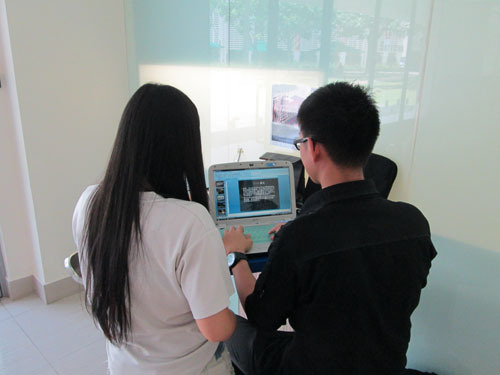
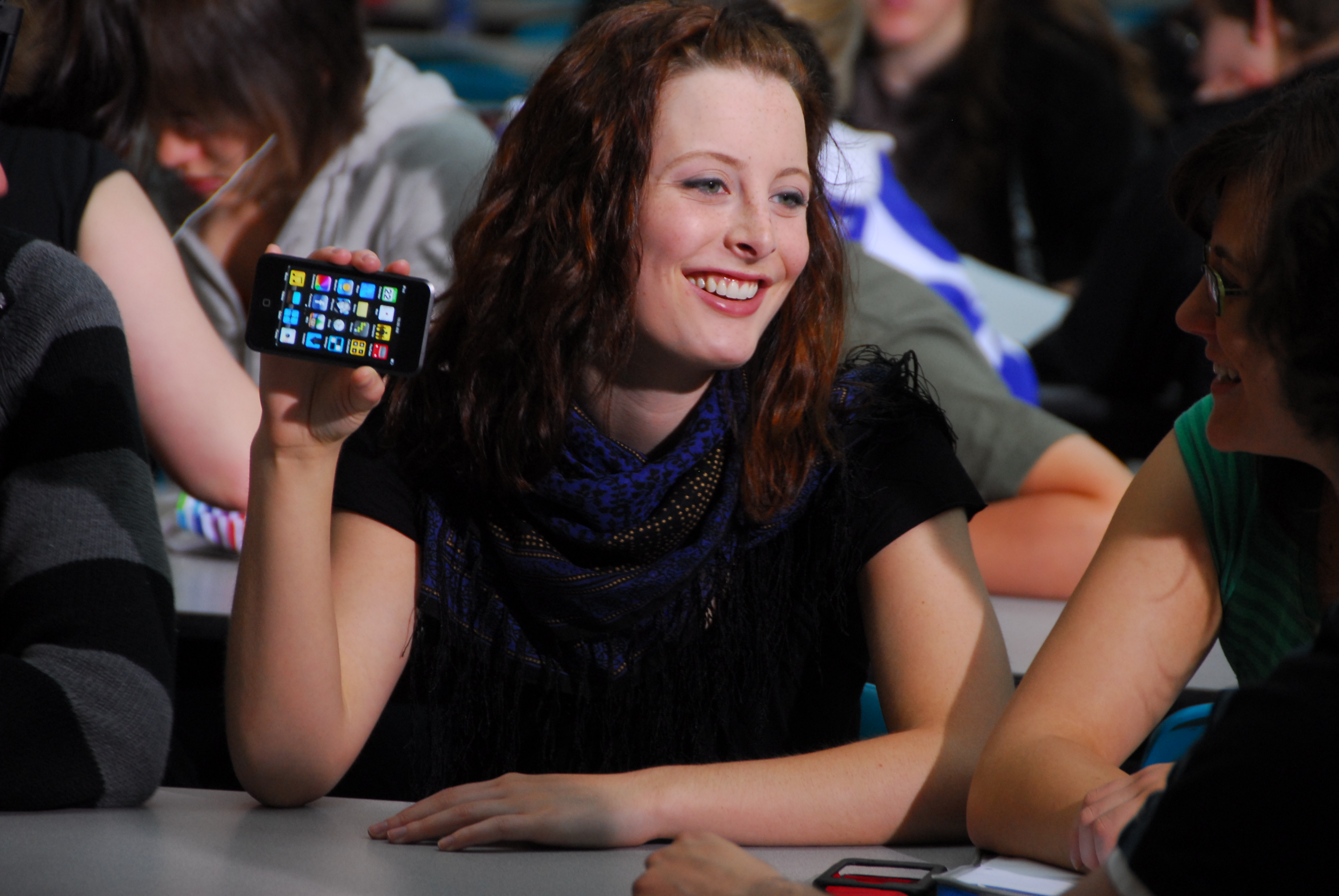
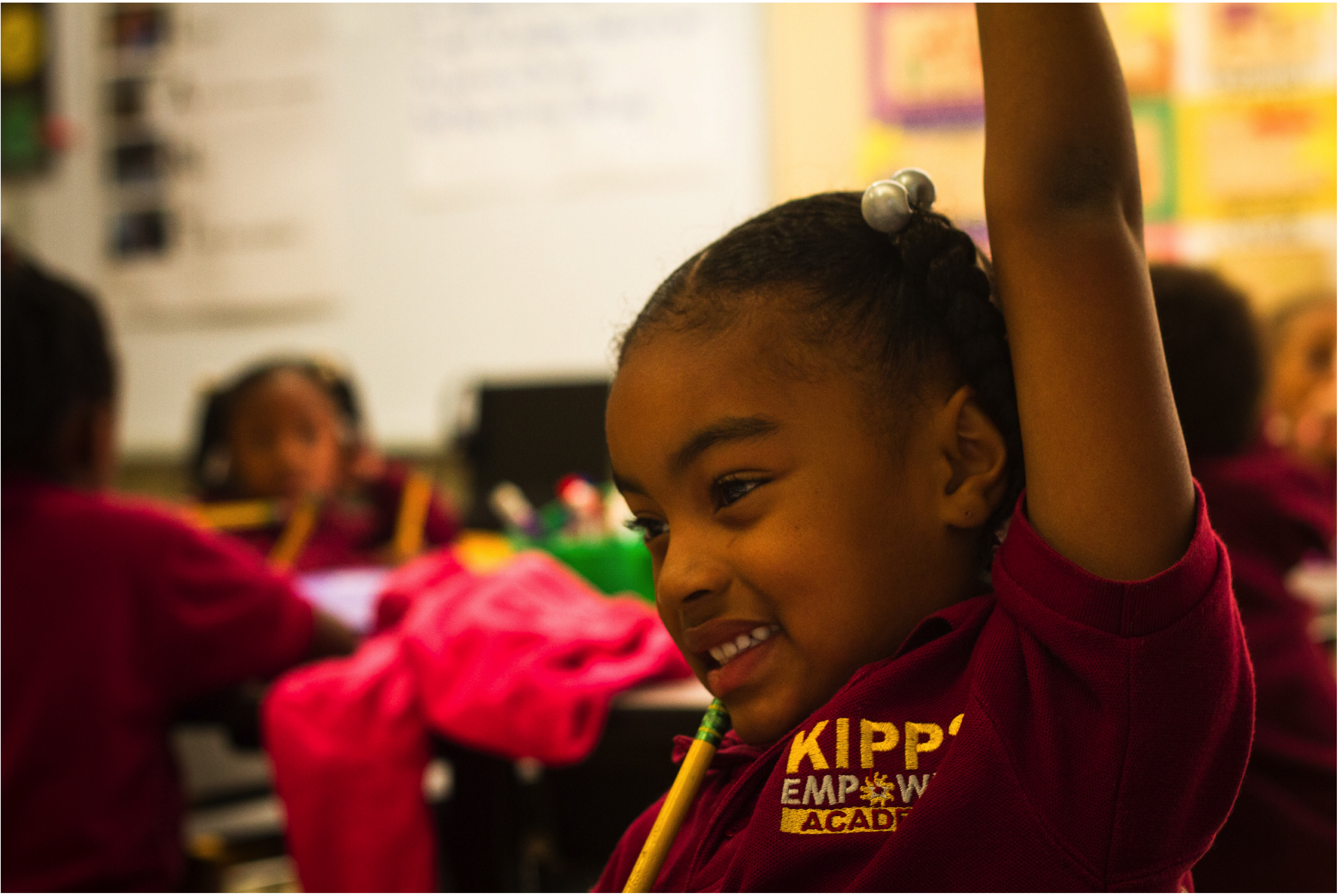
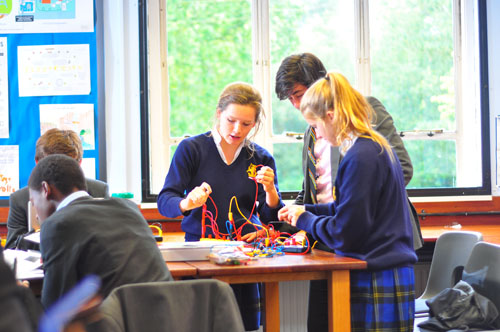
תגובות אחרונות